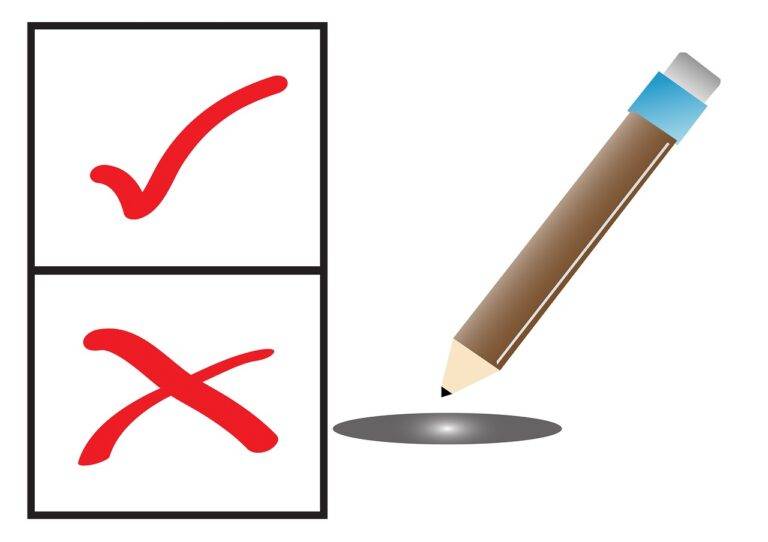Analyzing the Role of Exit Polls in Election Analysis
Exit polls play a crucial role in providing insightful data during election periods. By capturing voter preferences and trends in real-time, they offer a valuable glimpse into the potential outcomes of an election. This information is not only significant for the media to project winners but also for political analysts and campaigns to understand voter behavior on a granular level.
Moreover, exit polls help in gauging the effectiveness of campaign strategies and messaging. They enable parties to assess their performance and make necessary adjustments for future elections. The data gathered from exit polls can identify key demographics that are pivotal in determining election results, giving parties the opportunity to tailor their platforms to better resonate with voters.
How Exit Polls Are Conducted
Exit polls are typically conducted by polling firms or media organizations. These surveys involve interviewing voters as they leave polling stations after casting their votes. The goal is to capture a snapshot of voter preferences and behavior on Election Day.
Pollsters use random sampling techniques to select polling stations and voters to survey. This is to ensure that the data collected is representative of the overall electorate. Once selected, interviewers approach voters and ask them a series of questions related to their voting choices, demographics, and other factors that may influence their decision-making process.
The Accuracy of Exit Polls
Exit polls have long been a fundamental tool used by analysts and researchers to gauge voter behavior and predict election outcomes. Despite their widespread use, the accuracy of exit polls has often been called into question due to their occasional discrepancies from final results. Critics argue that factors such as sampling errors, interviewer bias, and differences in methodology can contribute to inaccuracies in exit poll data.
On the other hand, proponents of exit polls defend their reliability, citing their ability to provide valuable insights into voter demographics, preferences, and trends. While exit polls may not always align perfectly with election results, they serve as a valuable resource for understanding the electorate and interpreting the dynamics at play during an election. As technology and methodologies continue to evolve, ensuring the accuracy and dependability of exit polls remains a priority for those seeking to analyze and understand the democratic process.
Why are exit polls considered important in election analysis?
Exit polls provide valuable insights into voter behavior and preferences, helping analysts understand the outcome of an election before the final results are declared.
How are exit polls conducted?
Exit polls are conducted by surveying voters as they leave polling stations, asking them about their choices in the election. This data is then used to make projections about the election results.
Are exit polls always accurate?
While exit polls can provide a good indication of the election outcome, they are not always 100% accurate. Factors such as sample size, methodology, and timing can affect the reliability of exit poll results.
What are some limitations of exit polls?
Some limitations of exit polls include sample bias, respondent honesty, and the margin of error. These factors can impact the accuracy of the predictions made based on exit poll data.
How can one interpret exit poll results?
Exit poll results should be interpreted with caution, taking into account the margin of error and other potential limitations. It is important to consider exit poll data alongside other sources of information for a more comprehensive analysis.






